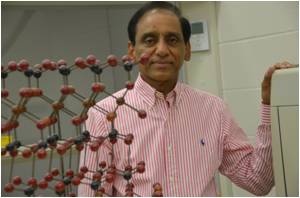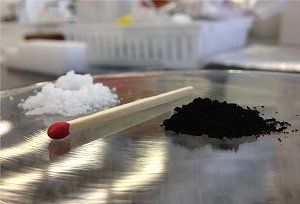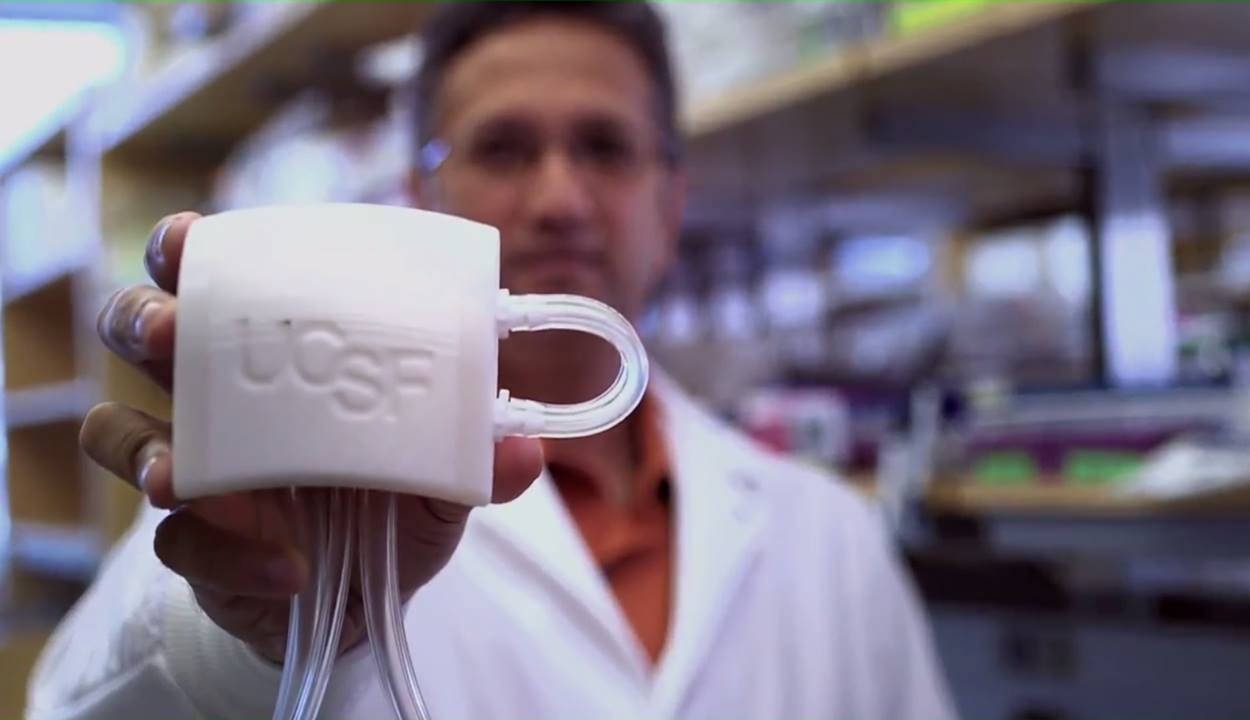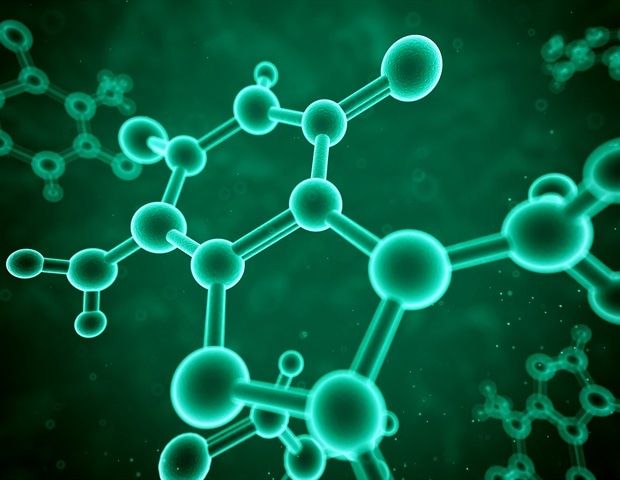Archive for the ‘materials’ category: Page 260
Jul 19, 2016
Can Synthetic Clays Save the World from Nuclear Waste Pollution?
Posted by Karen Hurst in category: materials
Another option to a really old problem.
‘Specially structured synthetic clays capable of immobilizing radioactive species by ion exchange has been developed by Sridhar Komarneni, a materials scientist and Distinguished Professor of Clay Mineralogy.’
Jul 19, 2016
Naftalina viabiliza computador quântico a temperatura ambiente
Posted by Bruno Henrique de Souza in category: materials
Computadores qu nticos a temperatura ambiente.
É aí que entra a naftalina — mais especificamente, o material resultante da queima do naftaleno. A combustão gera um material à base de carbono, um pó fino que pode ser disperso em solventes como água ou etanol e depositado diretamente sobre uma pastilha de silício — depois de seco e visto ao microscópio o material se transforma em uma série de nanoesferas.
Bálint Náfrádi, da Universidade Politécnica Federal de Lausane, na Suíça, juntamente com colegas da Austrália e da Alemanha, descobriu que esse material consegue manter estáveis os spins dos elétrons em seu interior por até 175 nanossegundos — considera-se que a computação qu ntica pode se tornar prática a temperatura ambiente com qubits que sejam estáveis por mais do que 100 nanossegundos.
Continue reading “Naftalina viabiliza computador quântico a temperatura ambiente” »
Jul 19, 2016
World’s first #graphene battery product unveiled in Beijing
Posted by Shailesh Prasad in categories: energy, materials

The portable battery can be fully recharged within 15 minutes, about 20 times faster than a Li-ion battery.
Jul 19, 2016
Implantable Artificial Kidney
Posted by Shailesh Prasad in categories: biotech/medical, materials
Jul 18, 2016
New light harvesting potentials
Posted by Karen Hurst in categories: materials, quantum physics
By narrowing the bandgap of titania and graphene quantum dots.
Researchers have found a method of harvesting light.
Griffith University researchers have discovered significant new potentials for light harvesting through narrowing the bandgap of titania and graphene quantum dots.
Jul 14, 2016
New light harvesting potentials uncovered
Posted by Karen Hurst in categories: materials, quantum physics
New options in harvesting light.
Significant new potentials for light harvesting through narrowing the bandgap of titania and graphene quantum dots have been uncovered by scientists.
Jul 12, 2016
No Big Bang –“Our Universe Was Formed From an Older Collapsing Universe”
Posted by Karen Hurst in categories: cosmology, materials

A new study of the early universe reveals how it could have been formed from an older collapsing universe, rather than being brand new. The universe is currently expanding and it is a common theory that this is the result of the ‘Big Bang’ – the universe bursting into existence from a point of infinitely dense and hot material.
Jul 12, 2016
High-tech fillings could actually repair your teeth
Posted by Karen Hurst in categories: biotech/medical, materials
These award-winning new materials for dental fillings could help repair and regenerate parts of your damaged teeth.
Jul 11, 2016
Mussels inspire scientists to attach biologically active molecule to titanium surface
Posted by Karen Hurst in categories: biotech/medical, materials
Very cool; another example where nature inspires others. Einstein was inspired often by nature and its environment.
Titanium is used medically in applications such as artificial joints and dental implants. While it is strong and is not harmful to tissues, the metal lacks some of the beneficial biological properties of natural tissues such as bones and natural teeth. Now, based on insights from mussels—which are able to attach themselves very tightly to even metallic surfaces due to special proteins found in their byssal threads—scientists from RIKEN have successfully attached a biologically active molecule to a titanium surface, paving the way for implants that can be more biologically beneficial.
The work began from earlier discoveries that mussels can attach to smooth surfaces so effectively thanks to a protein, L-DOPA, which is known to be able to bind very strongly to smooth surfaces such as rocks, ceramics, or metals. Interestingly, the same protein functions in humans as a precursor to dopamine, and is used as a treatment for Parkinson’s disease.














